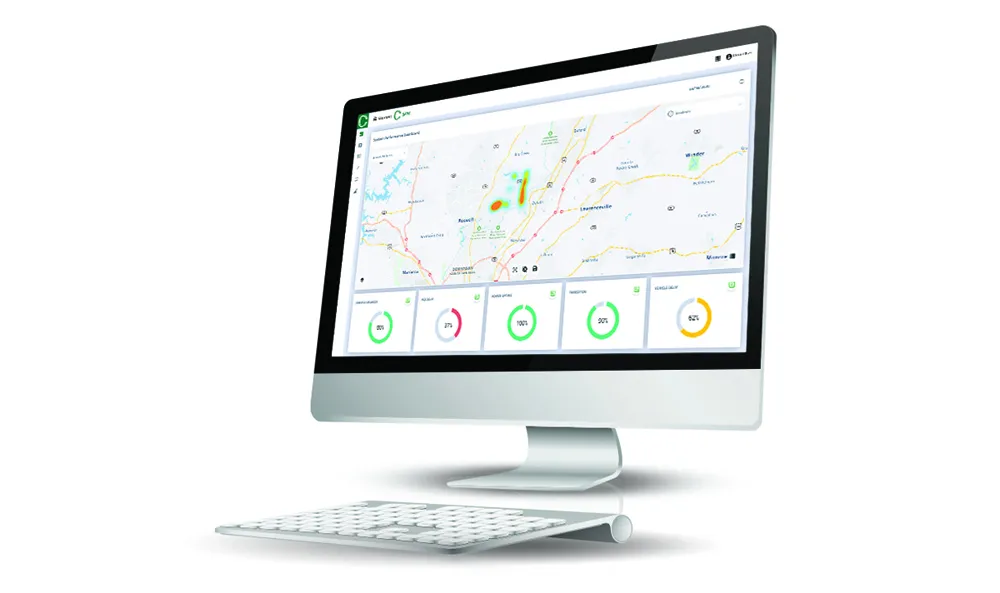
Nautilus, the next generation software platform for vision solutions, provides a complete development package that comes with a user-friendly GUI and rock-solid technology.
The all-in-one suite allows the programming, operation and control of the hardware to enable the development of specific image analysis algorithms which can easily be incorporated into third party libraries.
Nautilus allows control of all
The platform includes a high quality development environment that has been built from the ground up to address productivity bottlenecks in system implementation.
A high level of integration enables Nautilus to exploit all the power delivered by Tattile devices and provides the flexibility to integrate third party components and tools.
The software’s interface layout is highly customisable, allowing users to configure it to meet their needs, while a device-oriented workflow environment enables the design of custom vision applications.
Nautilus is an open and flexible engine, supporting integration of third party and open source vision tools and libraries and video cameras at various resolutions and colour space. Offline and online controls enable automatic discovery and recognition, utomatic check at design time for in-field device compliancy and multi-threading support on application flow.
Management of in-field vision systems includes monitoring and alerts, real-time access to device for inspections and control and change of device behaviour.










